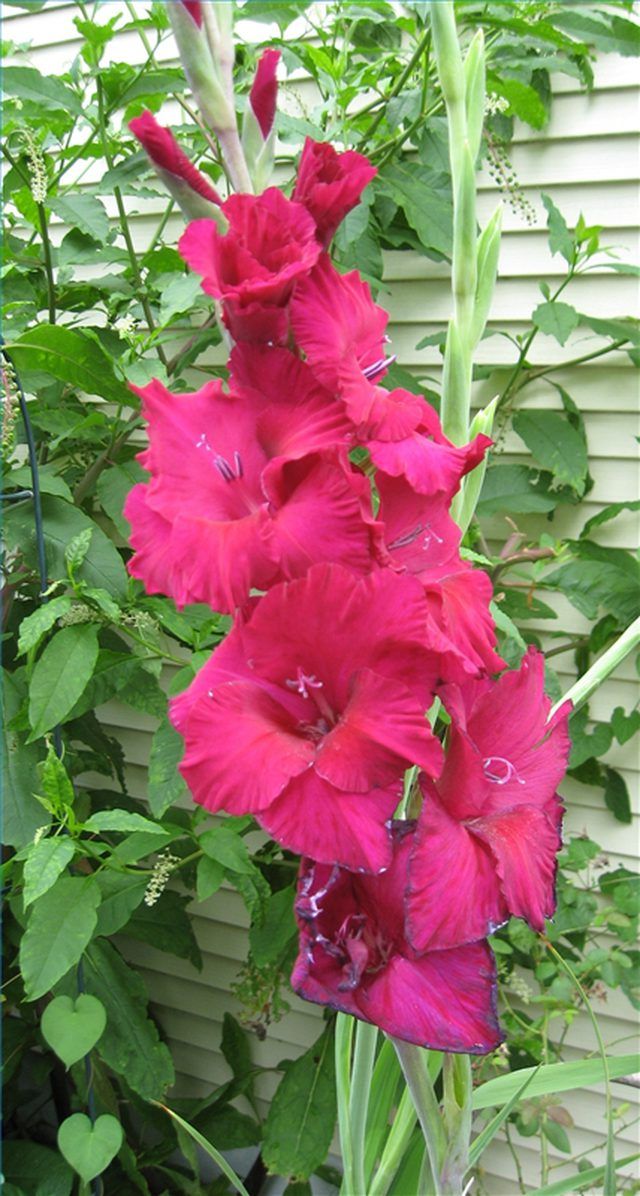Bulbs
Flower Basics
Flower Beds & Specialty Gardens
Flower Garden
Garden Furniture
Garden Gnomes
Garden Seeds
Garden Sheds
Garden Statues
Garden Tools & Supplies
Gardening Basics
Green & Organic
Groundcovers & Vines
Growing Annuals
Growing Basil
Growing Beans
Growing Berries
Growing Blueberries
Growing Cactus
Growing Corn
Growing Cotton
Growing Edibles
Growing Flowers
Growing Garlic
Growing Grapes
Growing Grass
Growing Herbs
Growing Jasmine
Growing Mint
Growing Mushrooms
Orchids
Growing Peanuts
Growing Perennials
Growing Plants
Growing Rosemary
Growing Roses
Growing Strawberries
Growing Sunflowers
Growing Thyme
Growing Tomatoes
Growing Tulips
Growing Vegetables
Herb Basics
Herb Garden
Indoor Growing
Landscaping Basics
Landscaping Patios
Landscaping Plants
Landscaping Shrubs
Landscaping Trees
Landscaping Walks & Pathways
Lawn Basics
Lawn Maintenance
Lawn Mowers
Lawn Ornaments
Lawn Planting
Lawn Tools
Outdoor Growing
Overall Landscape Planning
Pests, Weeds & Problems
Plant Basics
Rock Garden
Rose Garden
Shrubs
Soil
Specialty Gardens
Trees
Vegetable Garden
Yard Maintenance
How to Care for Gladiolus
How to Care for Gladiolus. Gladiolus is a beautiful and elegant-looking flower. With over 300 species of gladiolus, you can choose from a wide variety of colors, ranging from white to deep reds washed in black to even a gladiolus with a green bloom. Gladiolus is a favorite to use in cut-flower arrangements. Because many grow to be at least 36-48...

Gladiolus is a beautiful and elegant-looking flower. With over 300 species of gladiolus, you can choose from a wide variety of colors, ranging from white to deep reds washed in black to even a gladiolus with a green bloom. Gladiolus is a favorite to use in cut-flower arrangements. Because many grow to be at least 36-48 inches tall and giants growing to even greater heights, it seems this flower would be difficult to grow. Fortunately, you can easily learn how to care for gladiolus and can soon have huge bursts of color in your garden.
Plant gladiolus corms in the spring. Stagger your planting by planting a few corms beginning in March and more every two weeks until May. This staggered planting will give you a nice succession of blooms.
Plant the corms 3 to 4 inches deep and 6 inches apart in rich, well-drained soil.
Stake taller varieties. You can use individual stakes or purchase a grid support that allows the flowers to grow up between the open grids. You can also plant your gladiolus behind medium-sized plants that will offer a natural support.
Fertilize with a balanced fertilizer during the growing season only if your gladiolus is not planted in fertile soil. If you have planted your gladiolus as recommended, there is no need for any additional fertilizer.
Water regularly during dry periods. Gladiolus tends to be rather drought-tolerant; however, even these flowers need extra water during extremely dry periods. During these times, water about once a week for 20 minutes.
Cut back the fans almost to the ground after the flowers are spent.
Lift the corms at the end of the season and before the first frost, in colder climates (Zone 5 and colder). Dry in a warm, airy place for 2-3 weeks. Clean and store in a dry place until ready to plant in the spring. The corms may be left to over winter in the ground in warmer climates (Zone 6 and warmer); however, you should be sure to apply a protective layer of mulch.
Divide when you lift your corms at the end of the season or every 3 or 4 years if you do not lift corms. Division is done by lifting the corms and removing the small cormlets attached to the parent plant. These cormlets will flower the second year.
Tips & Warnings
Varieties that bloom in the very early spring can be planted in the fall.
If using in a flower arrangement, cut the stalk just as the second bloom is starting to open. Do not remove the leaves if possible. Change the water daily and remove spent blooms.
Gladiolus is particularly susceptible to attacks by thrips. Use an organic insecticidal soap to control. Apply every three days to kill any thrips that may be hatching from eggs.